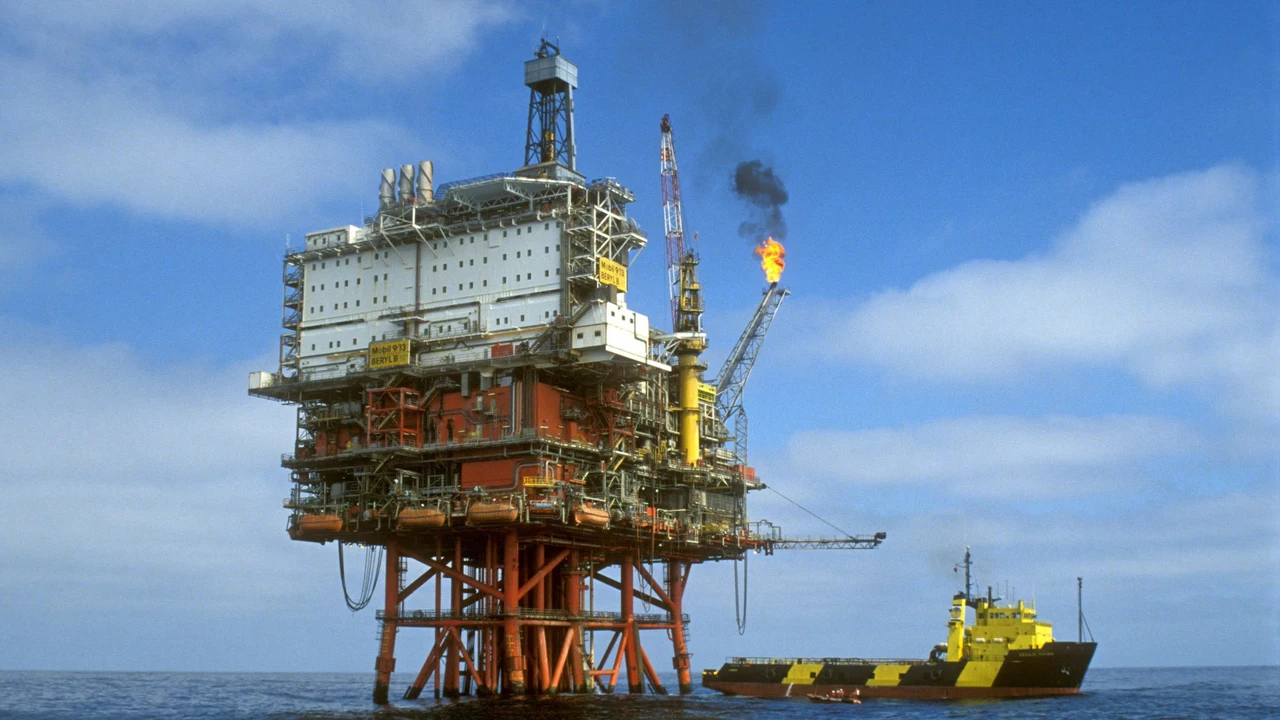
Peering Into the Depths: The Oceanic Oil Industry
Ever found yourself gazing out at the sea on a breezy Sunday afternoon, just to catch a faint glimpse of the many oil rigs dotting the horizon? If so, I bet you've wondered exactly how many miles those iron behemoths are from the shore. As an avid blogger, who's endlessly drawn to the mysteries surrounding us, I recently fell into this rabbit hole myself.
First thing is first, there is no universally uniform answer to this question, because the location of oil rigs depends on two factors; the geology of the earth beneath the sea and jurisdictional boundaries. Some rigs are as close as 3 miles, while some are present as far as 200 miles off the coast. Nevertheless, I’ll be taking you on an intriguing voyage to explore the fascinating world of offshore oil rigs.
Mapped Marvels: Geographical Distribution of Oil Rigs
In the rush for oil, these colossal structures have been planted all across our oceans. From the cold, rough waters of the North Sea to the calmer waves of the Gulf of Mexico, oil rigs are an integral part of the oceanic panorama. Depending on the seabed’s geological makeup, some regions are more likely to have oil than others. Countries with vast coastlines like Russia, United States, Canada, and Australia have numerous offshore drilling sites given their extensive marine boundaries and rich sedimentary basins.
My fellow Nottingham folks, those lights you see off the coast near Grimsby are not mysterious sea creatures, but oil rigs extracting black gold from the depths. Next time you're at the beach and you spot these structures, remember they could be anywhere between a few miles to hundreds of miles out - a fascinating feat, isn't it?
The Iron Giants: Anatomy of an Oil Rig
Oil rigs have always fascinated me with their otherworldly size and complex structure. Knowing what they look like up close can certainly help us better understand their life at sea. Structurally consisting of an array of facilities, including living quarters (that are quite comfy, by the way), drilling apparatus, oil processing units, and safety and communication systems, these structures fully equip their crew to survive the harsh and remote surroundings.
My wife Emily, whom I affectionately call my 'ground control', once told me about her grandfather who spent a part of his life working on these oil-guzzling structures. She narrated stories of the rig's humming sounds that lulled him to sleep, and the mess hall that dished out surprisingly scrumptious meals.
Jurisdictional Boundaries: Who Owns What?
While the scattered placement of these colossal edifices provides for a captivating view, the question of jurisdiction remains a significant part of their location selection. Generally, a country's jurisdiction extends 12 nautical miles from its coasts, known as the territorial sea. Beyond this, up to 200 nautical miles is deemed as the Exclusive Economic Zone (EEZ), where countries have special rights to explore and exploit the marine resources.
And if you thought disputes are only landlocked, hold that thought. Boundary disputes can be an equally challenging issue in offshore drilling. Let's just say that lines can get a little blurry out in the deep blue sea - makes you appreciate the serenity of our Nottingham backyard, doesn't it?
Diving Deeper: Exploration and Drilling
Knowledge of the rig's normal operational routine can answer our key query: How far out to sea are the oil rigs? It all starts with identifying potential reserves using seismic surveys. Next comes exploratory drilling, which helps in confirming the presence of oil. Once there's a confirmed strike, the rig moves in for the extraction.
I wish I had a similar way of knowing if my tyke Milo has hidden my car keys under the couch again! Stanley, our faithful Golden Retriever, isn't too helpful in that department; he's more likely to encourage the little rascal!
Surviving Sea Scourges: Oil Rigs And The Environment
We've spoken about the economical and operational aspects, but the conversation around oil rigs is incomplete without discussing their environmental impact. From minor spills to catastrophic leaks like the Deepwater Horizon disaster, the potential for environmental damage is substantial.
Whether these structures should be allowed to operate so close to the shore is a debate that rages on, just like the roaring sea waves against the oil rig platforms. However, before you judge, let's delve deeper and explore other aspects like artificial reefs, which can ironically benefit marine life.
Oil Rigging: The Future Perspectives
As the world moves towards renewable energy sources, the future of offshore oil rigs remains uncertain. Countries are investing heavily in wind farms, solar power plants, and other clean energy alternatives, which might eventually replace these structures. Regardless, for the time being, these oceanic titans continue their relentless pursuit of feeding our energy-hungry world.
The evolution of offshore drilling is a topic that's as unpredictable as the sea that hosts these rigs. But as I have always told Emily, 'exploration is the essence of existence.' Similarly, the exploration of oil has evolved through time, with each stride taking us further into the sea and deeper into its mysteries.
Write a comment